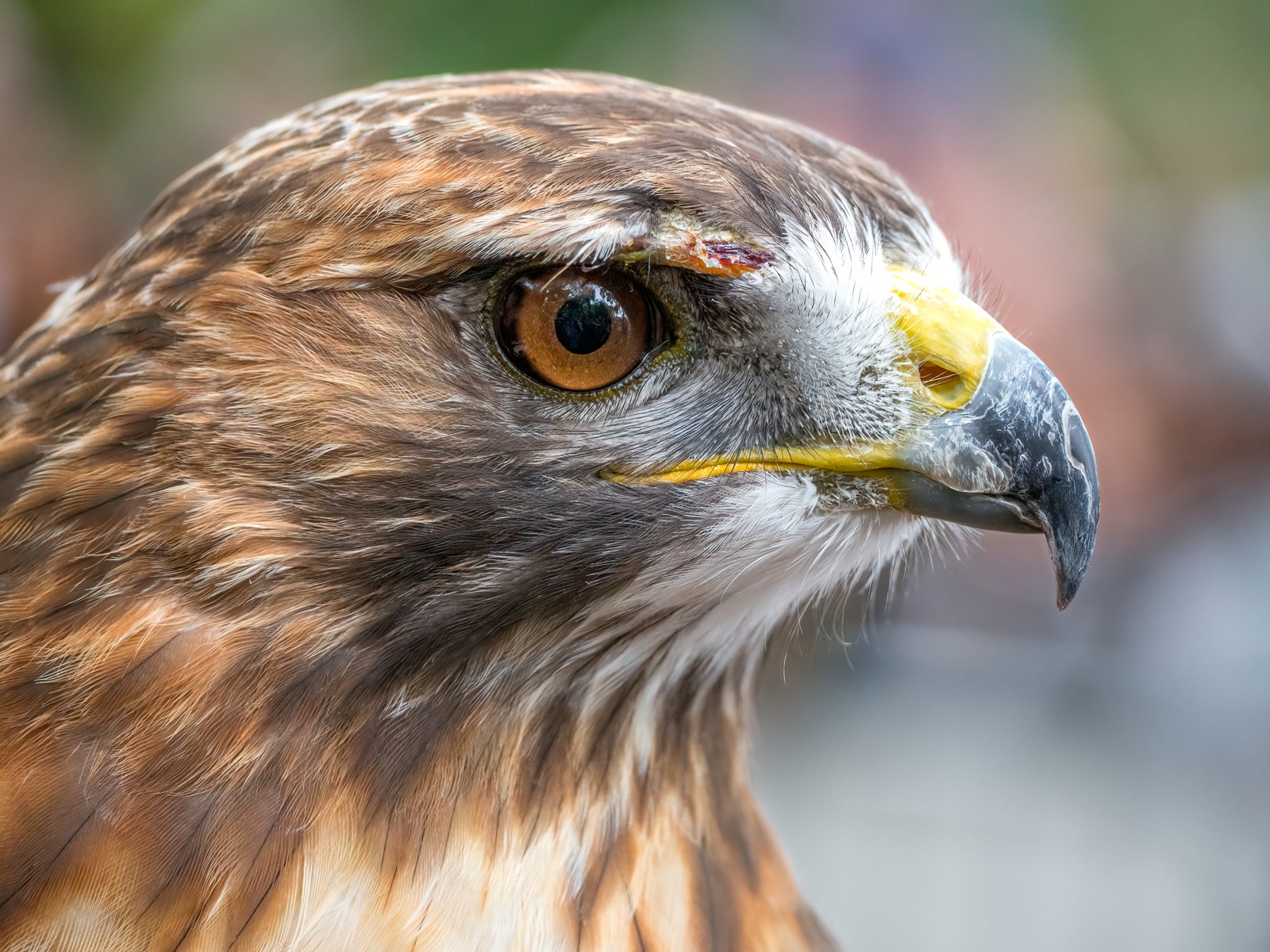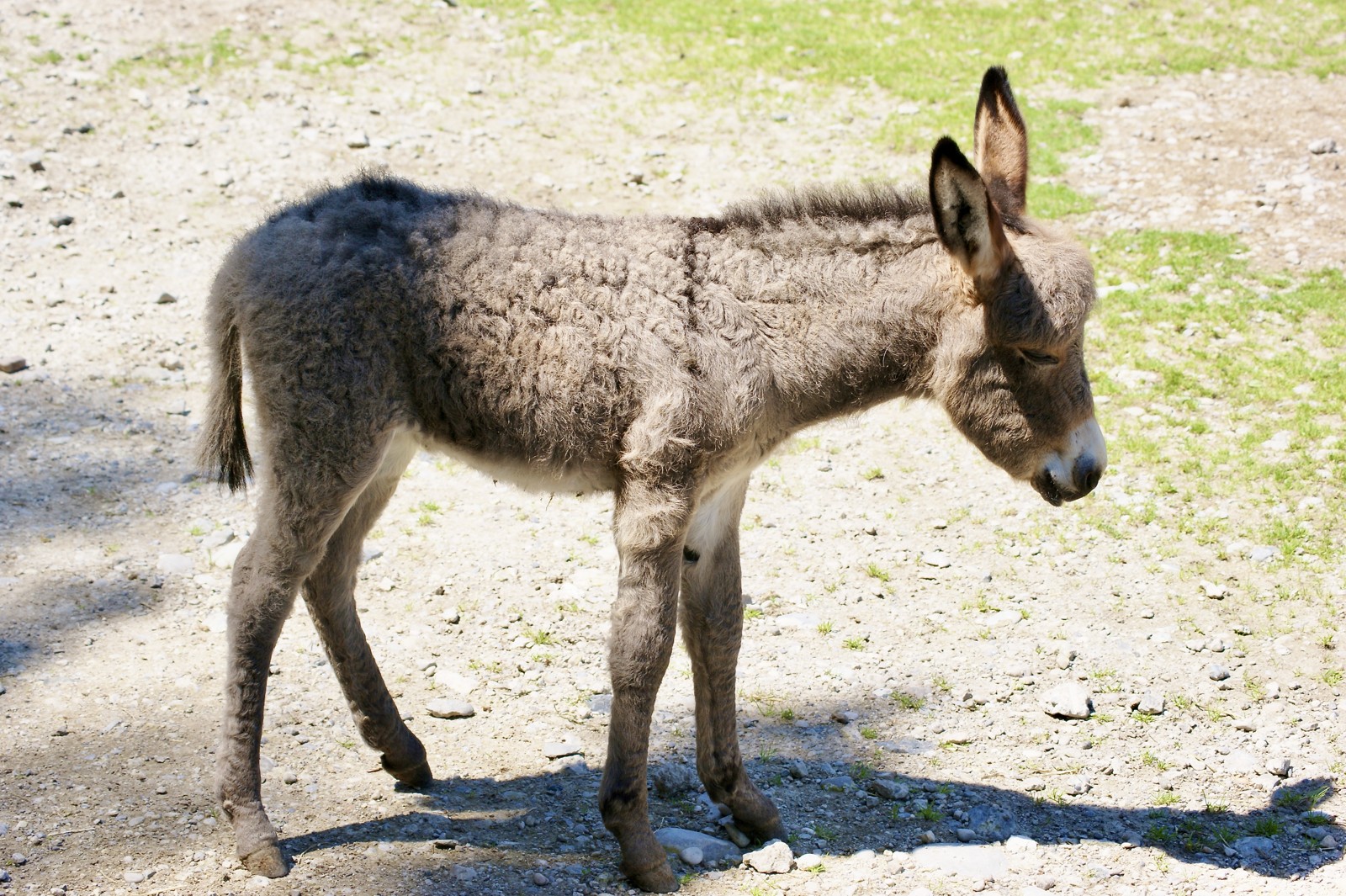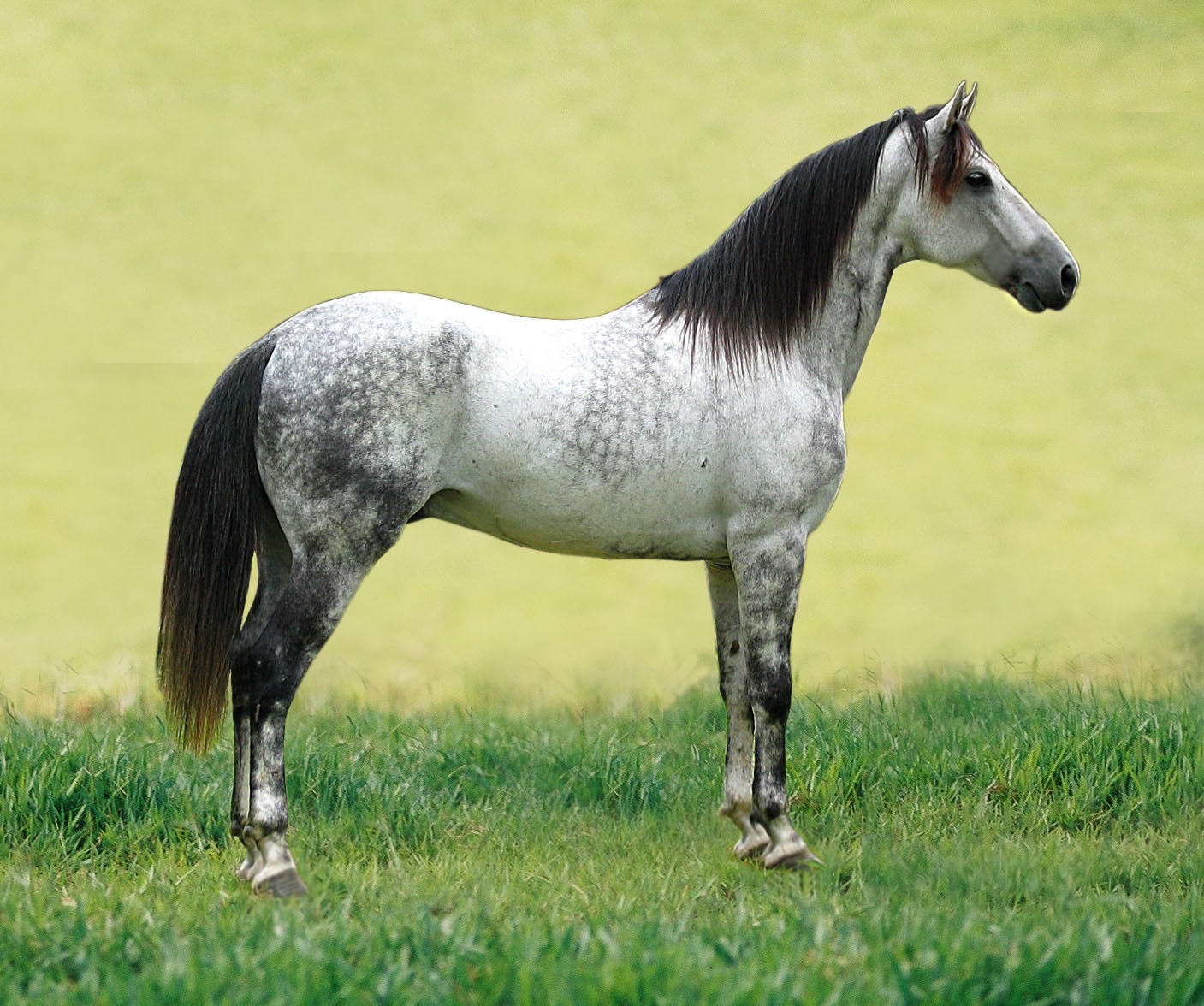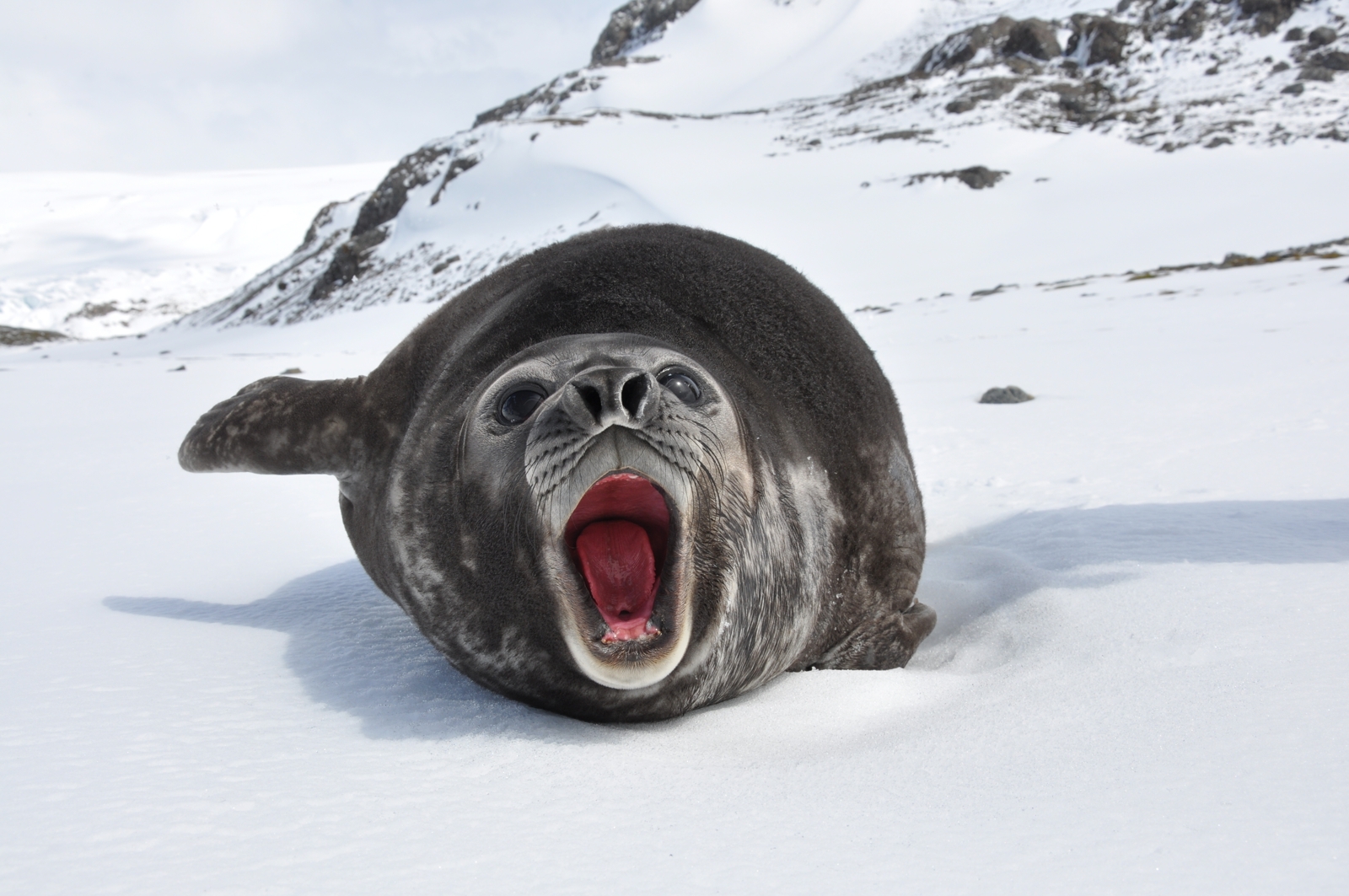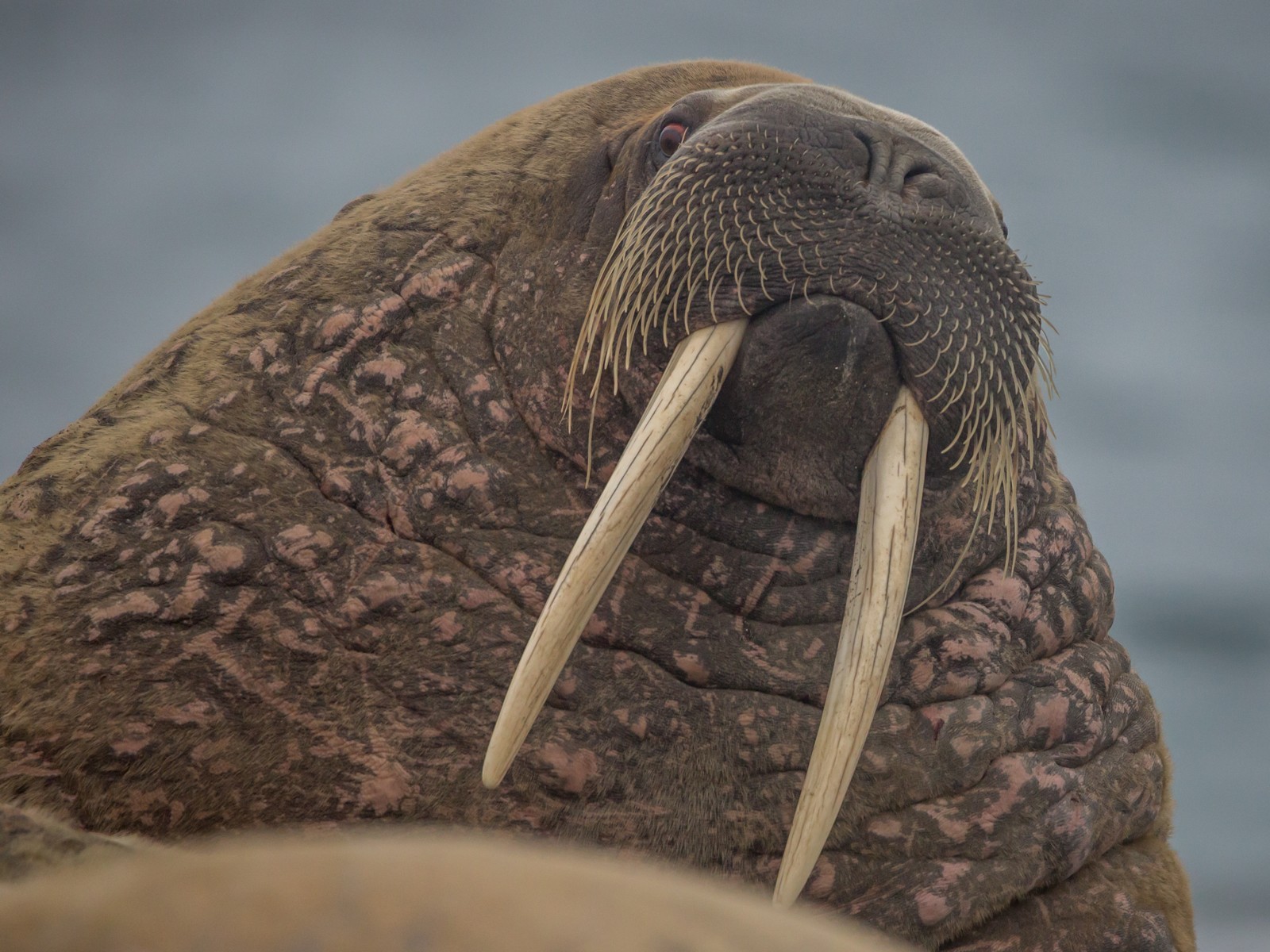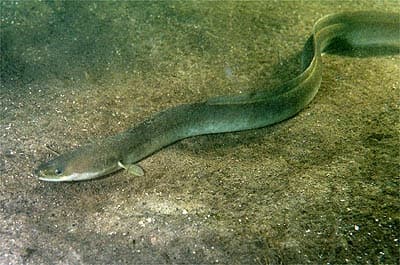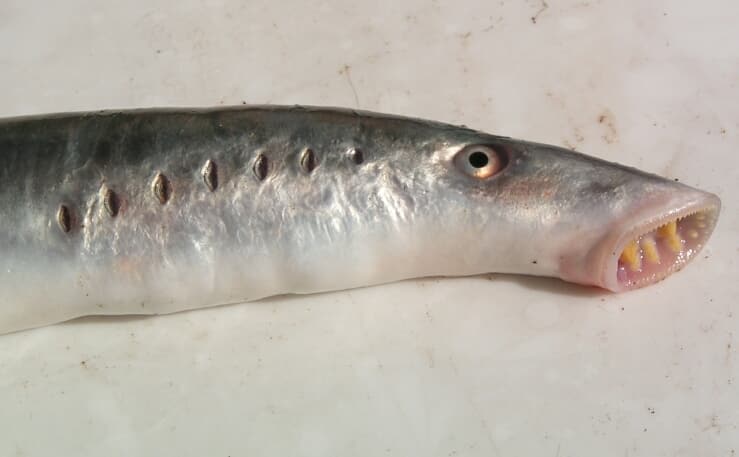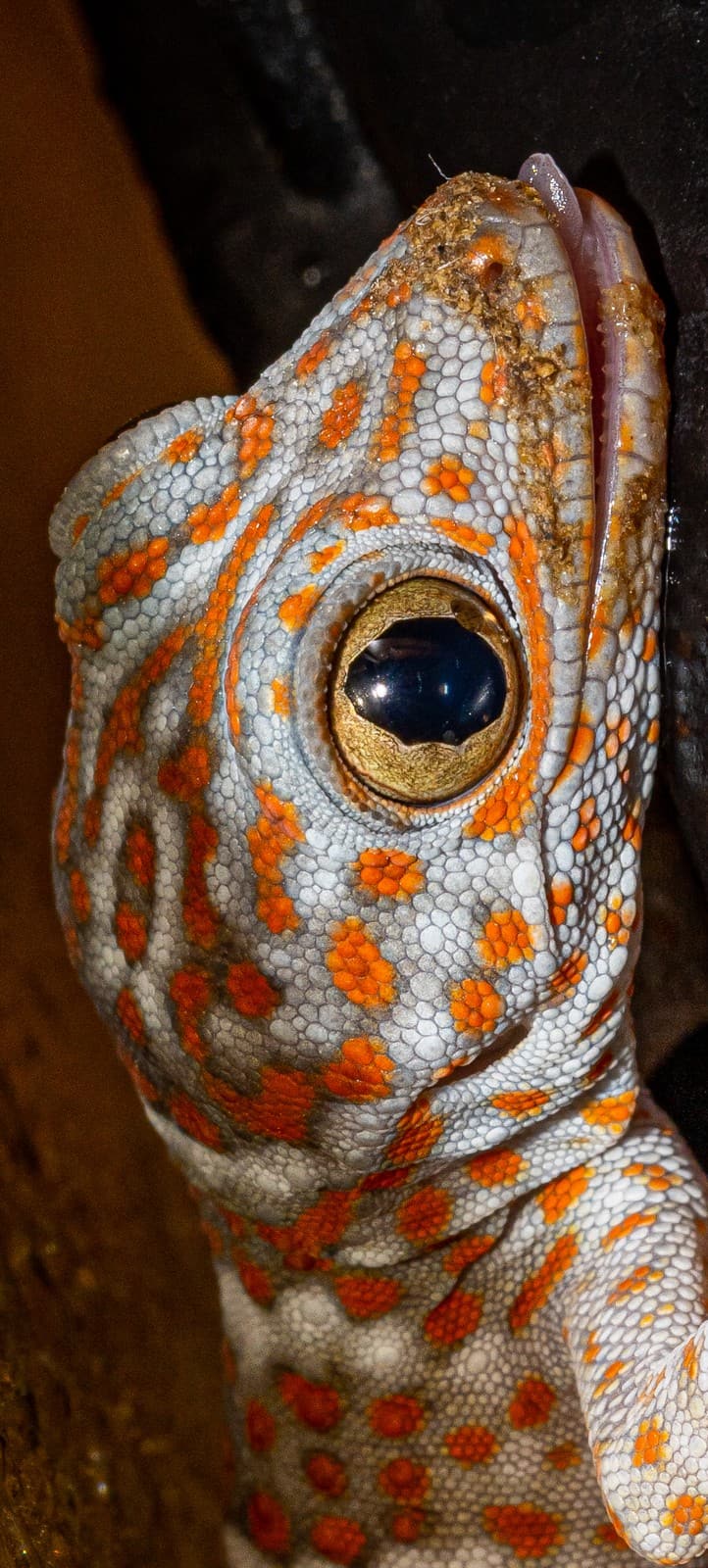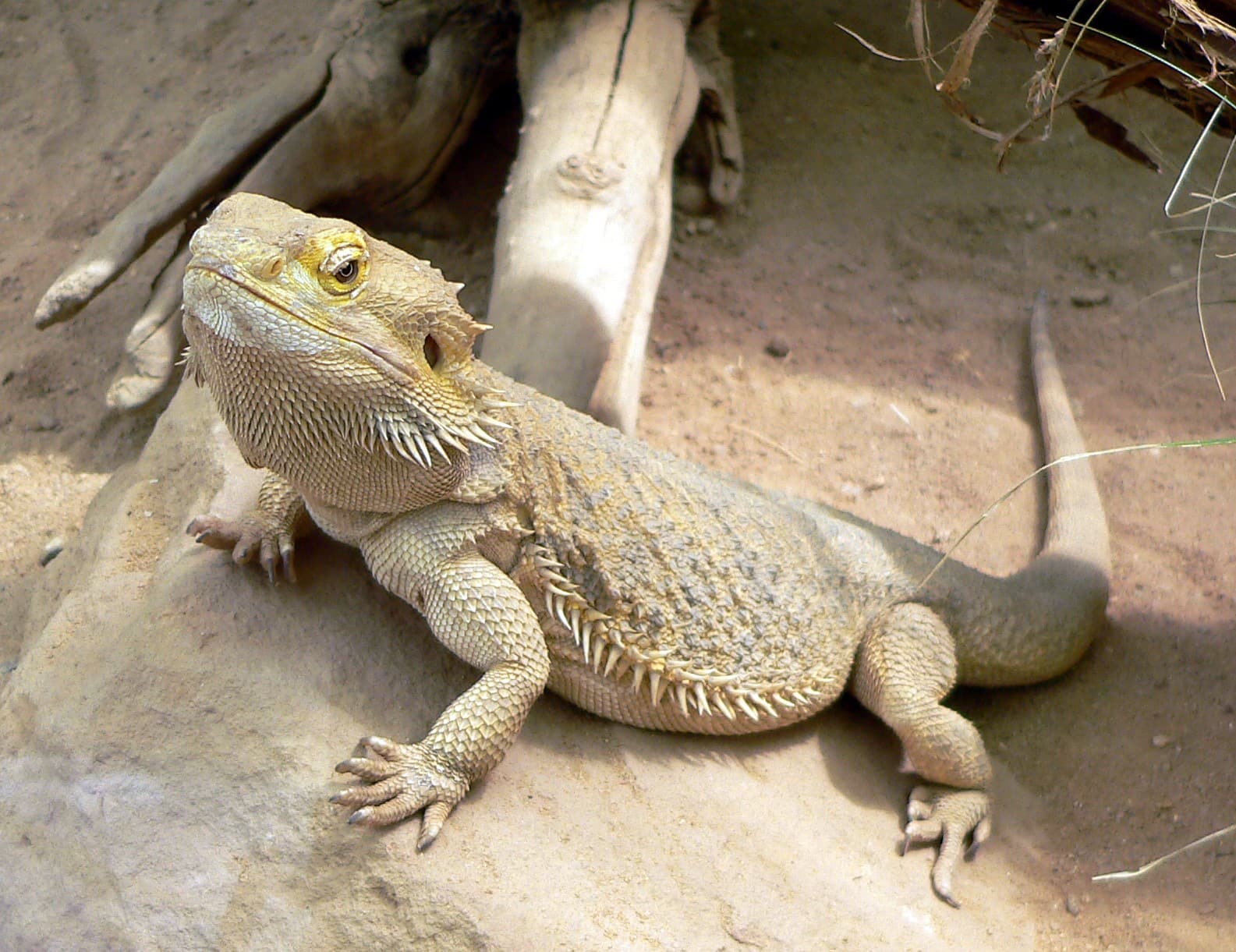Chinstrap Penguin vs Gentoo Penguin: A Complete Comparison
When comparing the Chinstrap Penguin vs Gentoo Penguin, several distinct characteristics set these Antarctic species apart. The Gentoo Penguin stands as the larger of the two, reaching heights of 30 inches (76 cm) and weighing up to 18 pounds (8.2 kg), while the Chinstrap Penguin typically measures 27 inches (68 cm) and weighs 8-13 pounds (3.6-5.9 kg).
These charismatic penguins differ not only in size but also in their distinctive markings and behaviors. The Chinstrap’s namesake black line under its chin contrasts with the Gentoo’s prominent white eye patches and orange-red bill. Their populations also show different trends, with approximately 8 million Chinstraps and 387,000 breeding pairs of Gentoos currently existing in the wild.
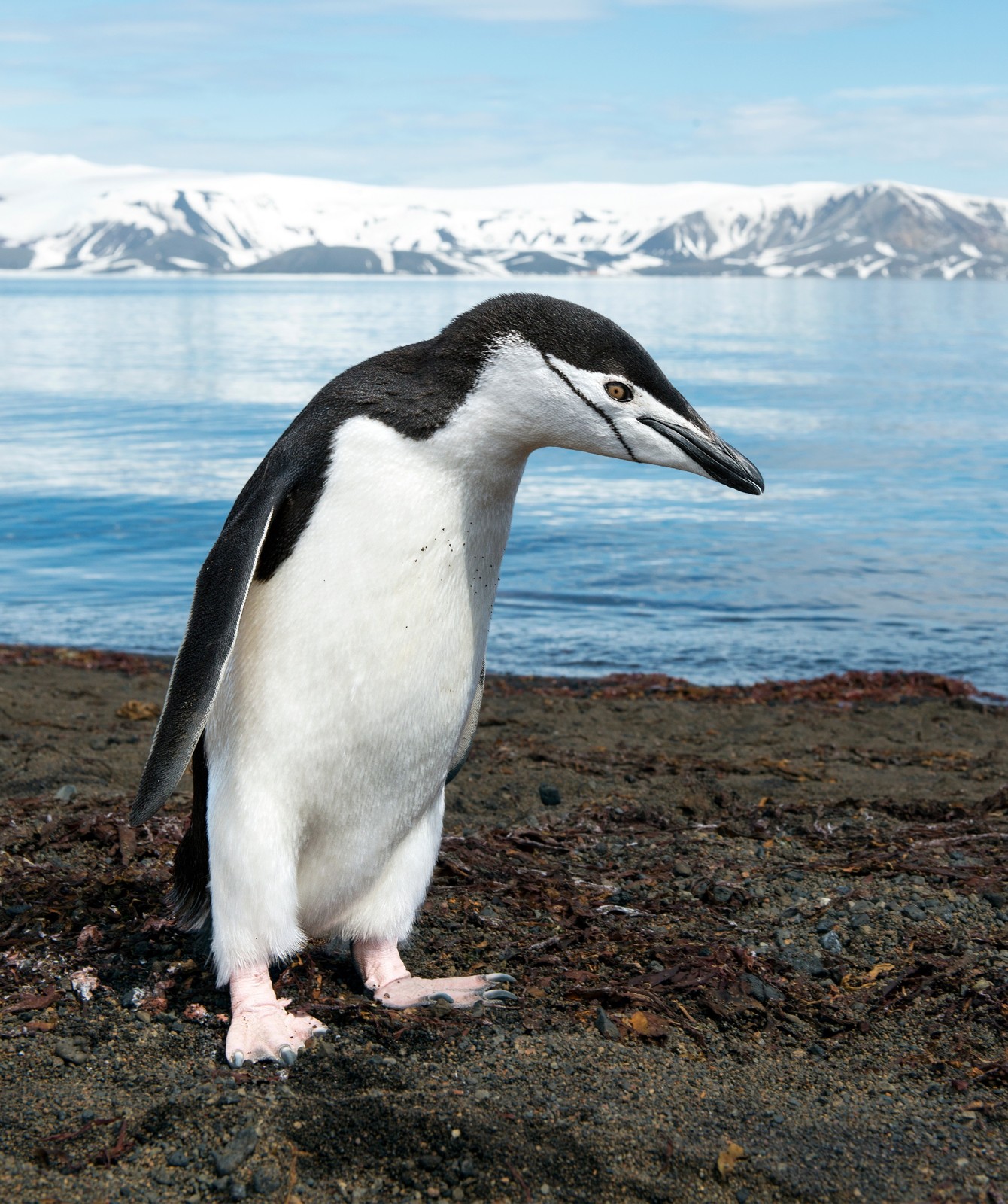
© Christopher Michel / CC BY 2.0
The Chinstrap Penguin, instantly recognizable by its distinctive black facial line, demonstrates remarkable agility both on land and in water. This characteristic marking, resembling a thin black strap beneath its chin, serves as a crucial identification feature distinguishing it from other Antarctic penguin species.
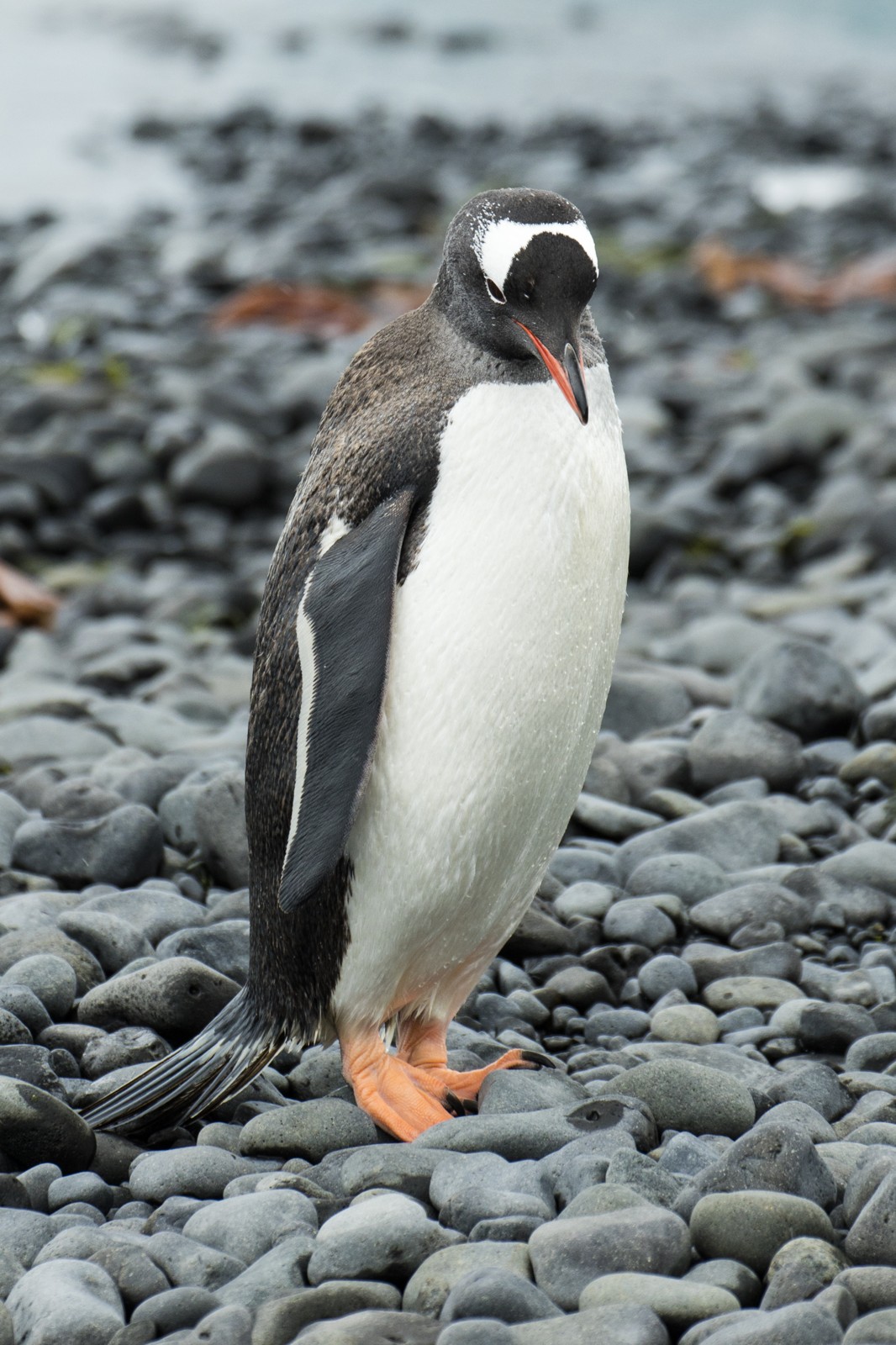
© Godot13 / CC BY-SA 4.0
The Gentoo Penguin showcases its distinctive orange-red bill and feet, setting it apart from its Antarctic cousins. These larger penguins exhibit remarkable swimming capabilities, reaching speeds up to 22 mph (35 kph) underwater, making them the fastest of all diving birds.
Key Differences: Chinstrap Penguin vs Gentoo Penguin
| Feature | Chinstrap Penguin | Gentoo Penguin |
|---|---|---|
| Size | 27 inches (68 cm) | 30 inches (76 cm) |
| Weight | 8-13 pounds (3.6-5.9 kg) | 12-18 pounds (5.4-8.2 kg) |
| Distinctive Features | Black line under chin | Orange-red bill and feet |
| Swimming Speed | 20 mph (32 kph) | 22 mph (35 kph) |
| Population | ~8 million | ~387,000 breeding pairs |
| Breeding Season | November-March | July-March |
Habitat and Distribution
Chinstrap and Gentoo Penguins share Antarctic waters but prefer different breeding grounds. Chinstraps favor rocky, ice-free areas on Antarctic Peninsula and surrounding islands, while Gentoos inhabit a broader range extending to sub-Antarctic islands. Gentoos demonstrate more flexibility in their habitat selection, establishing colonies further north than their Chinstrap counterparts.
Behavioral Differences
These penguin species exhibit distinct behavioral patterns. Chinstraps are known for their aggressive territorial defense and form dense breeding colonies of thousands. Gentoos, while also colonial, maintain smaller, more spread-out nesting sites and show stronger site fidelity, returning to the same nesting locations year after year.
Diet and Hunting Strategies
Both species primarily feed on krill, but their hunting strategies differ significantly. Chinstrap Penguins typically dive to depths of 230 feet (70 meters), while Gentoos can reach impressive depths of 655 feet (200 meters). Gentoos also incorporate more fish and squid into their diet, showing greater dietary flexibility than their Chinstrap relatives.
Conservation Status and Threats
Climate change affects these species differently. Chinstrap populations have declined by up to 53% in some areas over the past 50 years, while Gentoo numbers have remained relatively stable or increased in certain regions. Both face challenges from commercial fishing, habitat disruption, and changing Antarctic ecosystems.
Who Would Win in a Confrontation?
In theoretical confrontations, Gentoo Penguins would likely dominate due to their larger size and superior strength. However, direct conflicts rarely occur as these species generally maintain separate territories and avoid aggressive interactions beyond protecting their immediate nesting areas.
The comparison between Chinstrap Penguin vs Gentoo Penguin reveals two remarkably adapted Antarctic species, each with unique characteristics that enable their survival in one of Earth’s most challenging environments. While they share many common features as Antarctic penguins, their distinct adaptations and behaviors demonstrate the remarkable diversity within penguin species.
